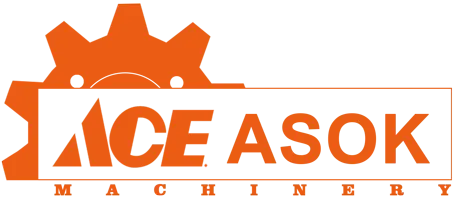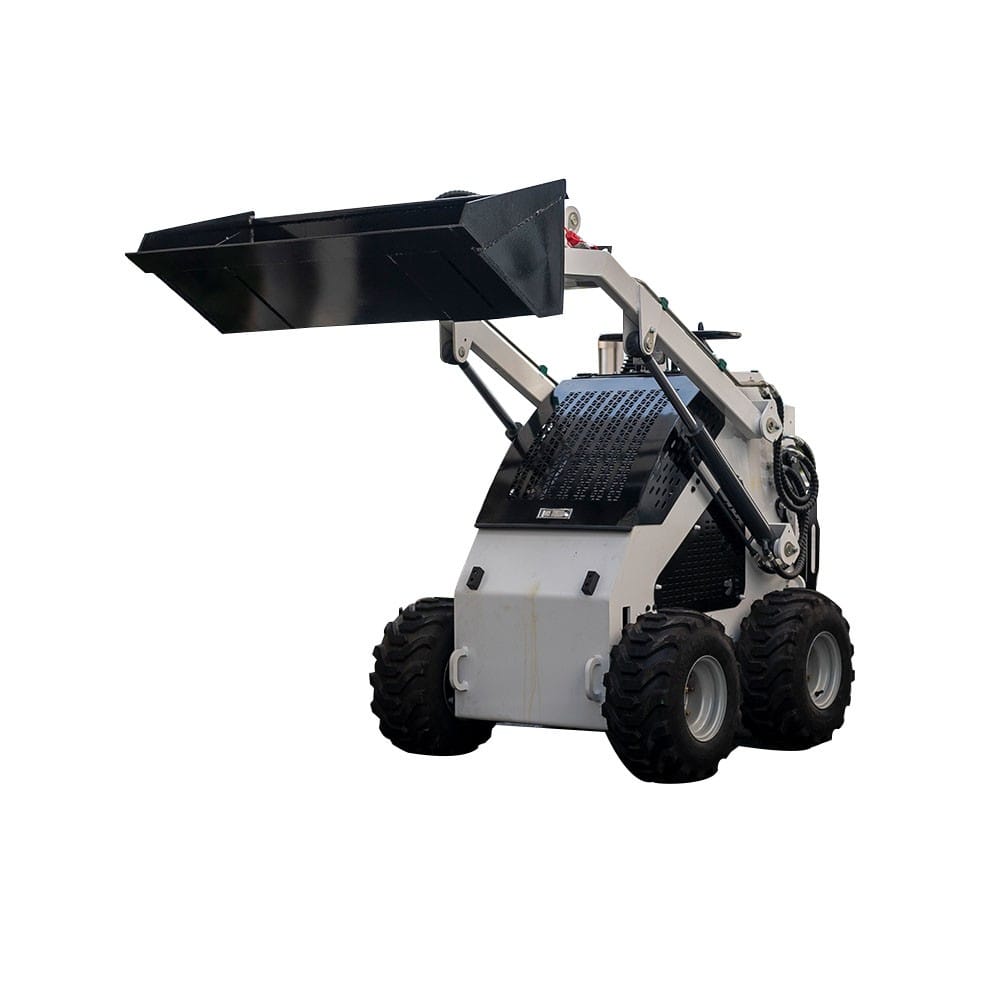Excavators are foundational assets for almost every construction and civil engineering project. Whether the fleet includes a compact Chinese mini excavator for confined urban jobs or larger hydraulic excavators used in quarrying, return on investment depends on how long the machine remains productive. Manufacturers typically design today’s excavators for an ideal service life measured in operating hours; real-world lifespan is influenced heavily by maintenance, operator behavior, environment, and storage practices.
There is no single universal figure for the lifespan of an excavator. Industry design targets typically range between 10,000 and 15,000 hours, while many mini excavators commonly register useful service lives between 5,000 and 20,000 hours depending on use conditions. The design lifespan is a theoretical period based on expected component durability under normal operation; actual lifespan varies with maintenance quality, operating habits, the working environment, and how long machines spend idle.

Most frequently replaced excavator parts and how to maintain them
Certain systems account for the majority of wear-related downtime. Addressing these proactively yields the biggest extension in useful life:
Hydraulic System
- Hydraulic filters: Remove particles that accelerate wear. Clogged filters cause pressure loss and increased pump wear.
- Seals and O-rings: Vulnerable to heat, oil degradation, and chemical corrosion; leaks reduce system efficiency and can allow contamination.
- High-pressure hoses: Susceptible to abrasion, flex fatigue and pressure surges—leading indicators are bulging, cracking or seepage.
Maintenance recommendations:Use manufacturer-specified anti-wear hydraulic oil; follow filter change intervals (early-life change then regular replacement based on hours and contamination level); inspect for leaks daily; control working oil temperature within manufacturer-recommended ranges; and maintain clean coolers and breathers.
Undercarriage (Tracks, Rollers, Pins)
For tracked models, undercarriage components are in constant contact with abrasive surfaces. Track plates, rollers, idlers, and pin bushings wear quickly in rocky or uneven terrain.
Maintenance recommendations: Monitor track tension and tire pressure daily; replace track plates when cracked or when tread depth is below safe limits; lubricate pins regularly; avoid high-speed travel over hard surfaces and inspect mounting bolts weekly.
Power Unit and Engine
Engines depend on clean oil, clean fuel, and properly functioning cooling systems. Worn belts, clogged fuel filters and neglected coolant accelerate engine failure.
Maintenance recommendations: Change engine oil and filters according to the recommended schedule (typically every 250–500 hours depending on load and environment); replace fuel filters more frequently in contaminated fuel situations; check belts, oil and coolant daily; and investigate abnormal noises or exhaust changes immediately.

Wear Parts and Attachments (Excavator Bucket, Teeth, Attachments)
Buckets, bucket teeth, hinge bushings and demolition chisels see concentrated impact and abrasion. For operators using mini excavator attachments or heavy-duty buckets in mining or demolition, service intervals compress quickly.
Maintenance recommendations:Replace bucket teeth when they lose more than one-third of their profile or show cracks; select reinforced teeth for high-abrasion jobs; grease hinge bushings weekly; and avoid dry-firing hydraulic breakers.
Filters and Consumables — Small Items, Big Impact
Air filters, hydraulic/oil filters and cabin filters are inexpensive insurance. In dusty environments, air filters should be inspected and replaced every 200–300 hours; in cleaner conditions 500 hours may be acceptable. Cabin filters should be replaced semi-annually to keep operator comfort and HVAC efficiency intact. Using OEM or high-quality equivalent filters prevents premature wear in expensive sub-systems.
Four Core Factors That Determine Actual Lifespan
- Maintenance quality (most critical): Adherence to service schedules, correct lubricants and prompt replacement of worn items can extend working life by 30–50%.
- Operating habits: Gentle, informed operation (preheating, smooth lever control, avoiding overload) reduces shock loads and hydraulic surges that damage pumps, valves and structures.
- Operating environment: Machines working in quarries or mine faces wear 2–3× faster than in municipal or landscaping jobs. Dust, mud and corrosive environments demand shortened service intervals.
- Long-term storage and idling: Machines left idle for more than a month without preservation routines often deteriorate faster than lightly used machines. Rust, seal drying, battery sulfation and tire deformation are common.
Conclusion and Recommended Action Steps
Extending the useful life of an excavator is a straightforward combination of preventive maintenance, correct operating habits, environment-aware scheduling and proper storage. By prioritizing the hydraulic system, undercarriage, engine and wear parts (including the excavator bucket and teeth), owners can significantly lower lifecycle costs and maximize uptime. For businesses sourcing equipment, pairing quality machines with a reliable spare-parts strategy and operator training is the most cost-effective way to protect investment.
FAQ
Why is excavator maintenance more important than ever?
Excavator maintenance is more critical today because project timelines are tighter, fuel costs are higher, and equipment downtime directly affects profitability. Modern hydraulic excavators and Chinese mini excavators are built with precision components that demand clean oil, high-quality filters, and correct operating procedures to maintain efficiency. With the global shortage of excavator parts and increased freight costs, preventive maintenance helps owners avoid unexpected failures and long lead times for repairs—saving both time and money while ensuring consistent performance.
How many years do excavators last?
The average excavator lifespan typically ranges from 8 to 15 years, depending on usage intensity, environment, and care. For example, a mini excavator used for landscaping or municipal work can easily exceed 10,000–15,000 operating hours with proper maintenance, while machines used in quarrying or mining may experience accelerated wear. High-quality brands and well-serviced Chinese mini excavators can deliver long-term reliability comparable to major global brands when operated correctly and maintained using genuine excavator parts.
What is the useful life of heavy machinery?
The useful life of heavy machinery—such as hydraulic excavators, bulldozers, or loaders—usually spans 10,000 to 20,000 hours under normal conditions. This metric represents the period before major overhauls are required or when operating costs exceed replacement value. Proper lubrication, regular inspection of wear parts (like excavator buckets, undercarriage components, and hydraulic seals), and consistent filter changes can extend this lifespan by up to 50%. Many fleet managers also track engine hours and oil condition to optimize overhaul timing and maintain resale value.
Why are excavators so expensive?
Excavators are costly because they combine advanced hydraulic systems, precision electronics, durable materials, and extensive engineering to deliver both power and precision. Each hydraulic excavator includes high-pressure pumps, steel-reinforced booms, and smart control systems capable of lifting tons of material safely and efficiently. Rising steel prices, stricter emission standards, and global demand also drive manufacturing costs. Even Chinese mini excavators, which are known for affordability, have seen price increases due to enhanced performance, better excavator attachments, and stricter quality control standards.
What are the main functions of an excavator?
An excavator’s core function is earthmoving, but its versatility extends far beyond digging. Modern machines can perform:
- Excavation and trenching for foundations, pipelines, and roadwork.
- Loading and lifting materials using an excavator bucket or grapple.
- Demolition and breaking tasks using hydraulic breakers or rippers.
- Landscaping and grading through precision control and mini excavator attachments.
- Material handling in ports and scrapyards using specialized grabs or magnets.
This adaptability makes excavators—especially compact Chinese mini excavators—a vital part of modern construction, capable of performing multiple tasks with simple attachment swaps.





